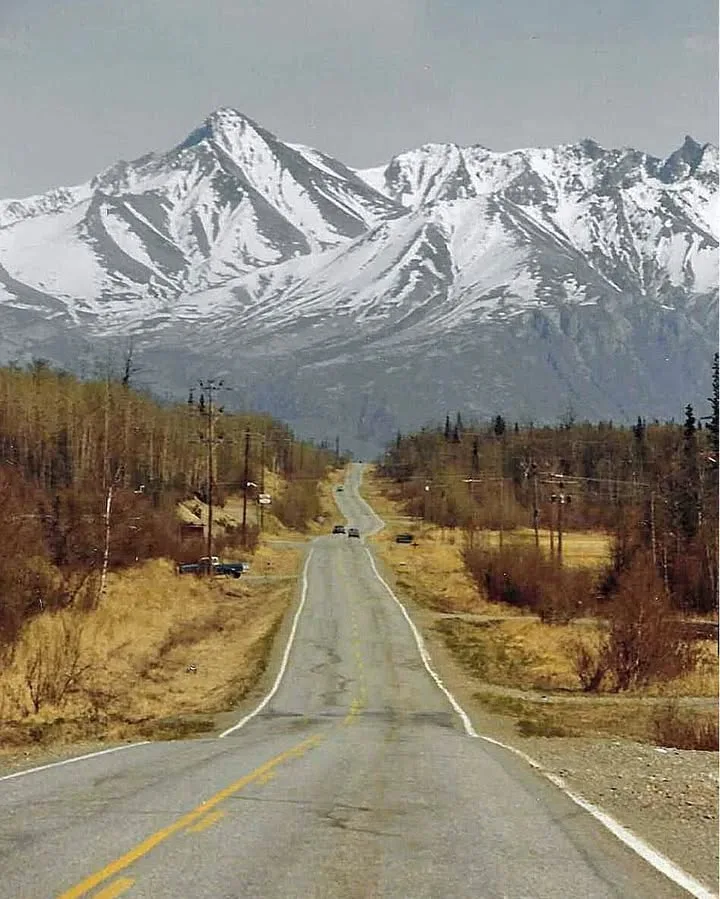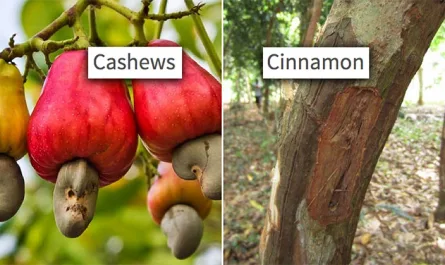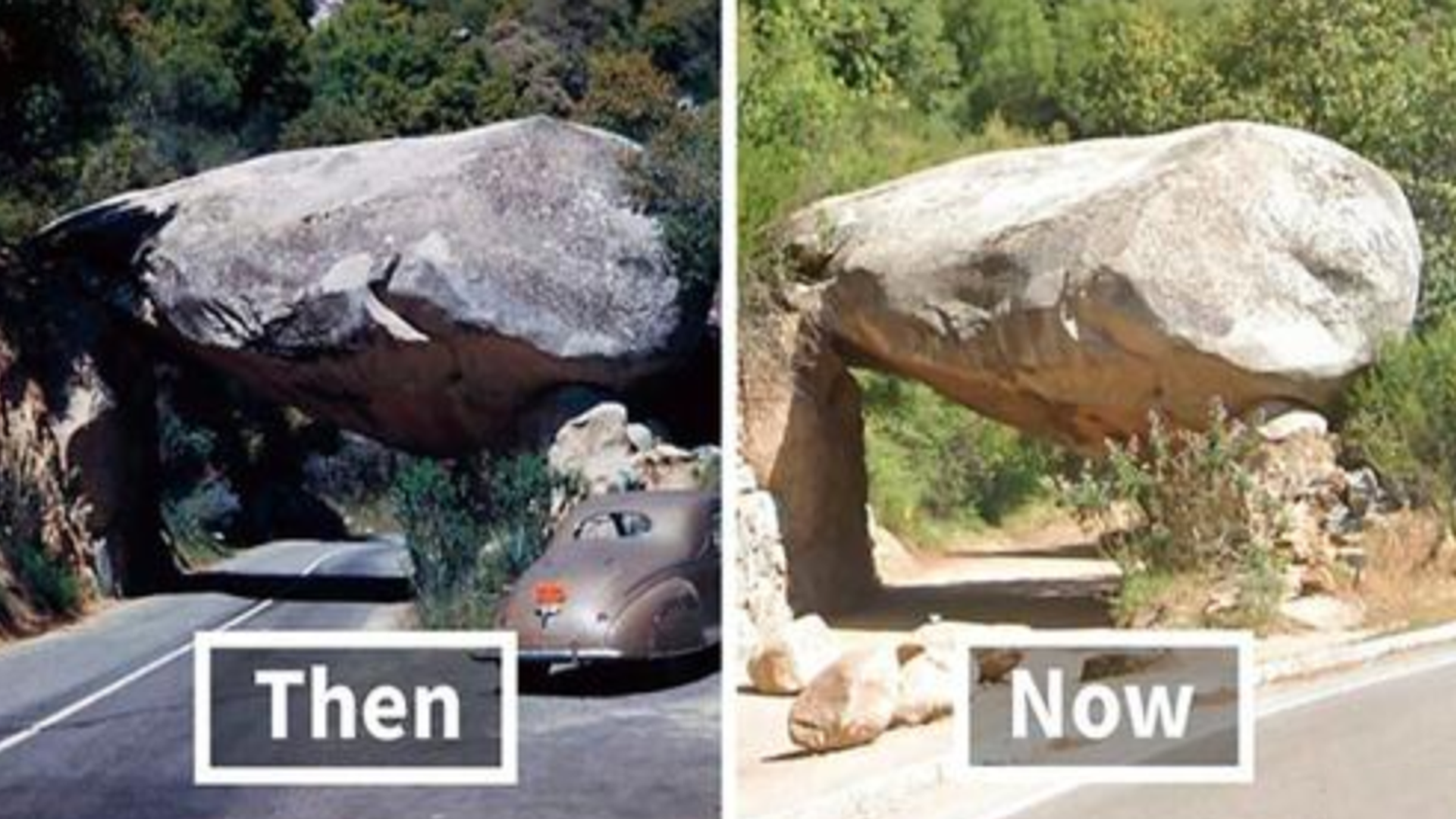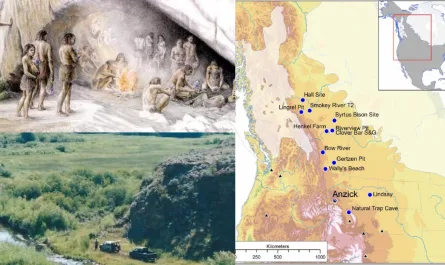A Journey Through Time
As we reflect on Wednesday, July 16, 2025, at 12:27 PM +07, let’s take a step back to 1976 and explore the Palmer-Wasilla Highway, a route that once wound through the heart of Alaska’s untamed wilderness. This photograph, frozen in time, captures a serene moment along this historic road, offering a glimpse into a bygone era when the landscape was defined more by nature than by human expansion. The image beckons us to imagine the sights, sounds, and stories of those who traversed this path nearly five decades ago.

The Scenic Landscape
The visual narrative begins with a long, straight stretch of the Palmer-Wasilla Highway, its asphalt worn but well-defined, marked by a single yellow line that guides the eye toward the horizon. On either side, the roadside is lined with dry, golden grasslands, interspersed with clusters of leafless trees and shrubs, their autumnal hues suggesting a late season. The terrain appears rugged yet inviting, with patches of wildflowers and low-lying vegetation adding texture to the scene.
Dominating the background are the Chugach Mountains, their jagged peaks cloaked in snow, even in the warmer months, a testament to their lofty altitudes. The mountains’ slopes are etched with deep ravines and ridges, their gray and white tones contrasting with the earthy foreground. Above, a cloudy sky casts a muted light, softening the colors and lending the landscape an almost ethereal quality. The occasional power pole and wire along the road hint at the gradual encroachment of civilization, yet the overall impression is one of pristine wilderness.
A Glimpse into the Past
In 1976, the Palmer-Wasilla Highway served as a critical artery connecting the towns of Palmer and Wasilla, two communities that were still relatively small and rural. The sparse traffic—evidenced by just a handful of vehicles, including a pickup truck and a couple of cars—reflects a time before the population boom that would follow with Alaska’s oil-driven growth. The road itself appears narrow by today’s standards, with minimal shoulders and no visible signage, suggesting a simpler infrastructure suited to local needs rather than heavy tourism or commerce.
The presence of utility poles along the route indicates early efforts to bring electricity to the area, a sign of progress amidst the vastness. Small structures, possibly homes or sheds, peek out from the tree line, hinting at the scattered settlements that dotted the landscape. This blend of natural beauty and human endeavor paints a picture of a region on the cusp of change, where the wilderness still held sway over the rhythm of daily life.
Reflections on a Bygone Era
Imagining a drive along this highway in 1976 evokes a sense of tranquility and adventure. The air would have carried the crisp scent of pine and the faint chill of the nearby mountains, while the silence would have been broken only by the hum of an engine or the call of a distant bird. For residents and travelers alike, this road was a passage through a land of opportunity, where the vastness of Alaska offered both solitude and challenge.
Today, as we mark July 16, 2025, this image serves as a poignant reminder of how much has changed. The Palmer-Wasilla Highway has likely widened and modernized, with increased traffic and development reshaping the area. Yet, the enduring presence of the Chugach Mountains in the background reminds us that some elements of this landscape remain timeless. This photograph invites us to pause and appreciate the slower pace of the past, a pace that allowed for a deeper connection with the natural world.
Daily Life and Cultural Context
In 1976, life along the Palmer-Wasilla Highway would have revolved around the rhythms of the land. Farming and small-scale agriculture were central to Palmer’s identity, while Wasilla was emerging as a hub for outdoor enthusiasts and homesteaders. The highway facilitated the transport of goods, people, and stories, linking these communities to Anchorage and beyond. The lack of heavy commercialization suggests a lifestyle focused on self-sufficiency, with residents relying on the land for sustenance and recreation.
The photograph also captures a moment in Alaska’s history when the state was still adjusting to its new status following the 1959 admission to the Union. The Trans-Alaska Pipeline, approved in 1973 and under construction during this period, would soon bring significant changes, drawing workers and investment to the region. The quiet road in the image stands in contrast to the transformative energy that was beginning to stir, marking 1976 as a transitional year.
Conclusion
The Palmer-Wasilla Highway in 1976 is more than a historical artifact—it’s a portal to a world where nature reigned supreme, and human presence was a gentle imprint. As we look out from the perspective of July 16, 2025, this image encourages us to cherish the memories of the past while acknowledging the evolution of the present. Whether you’re a historian, a nature lover, or simply someone curious about Alaska’s heritage, this scene offers a rich tapestry of stories waiting to be explored.





